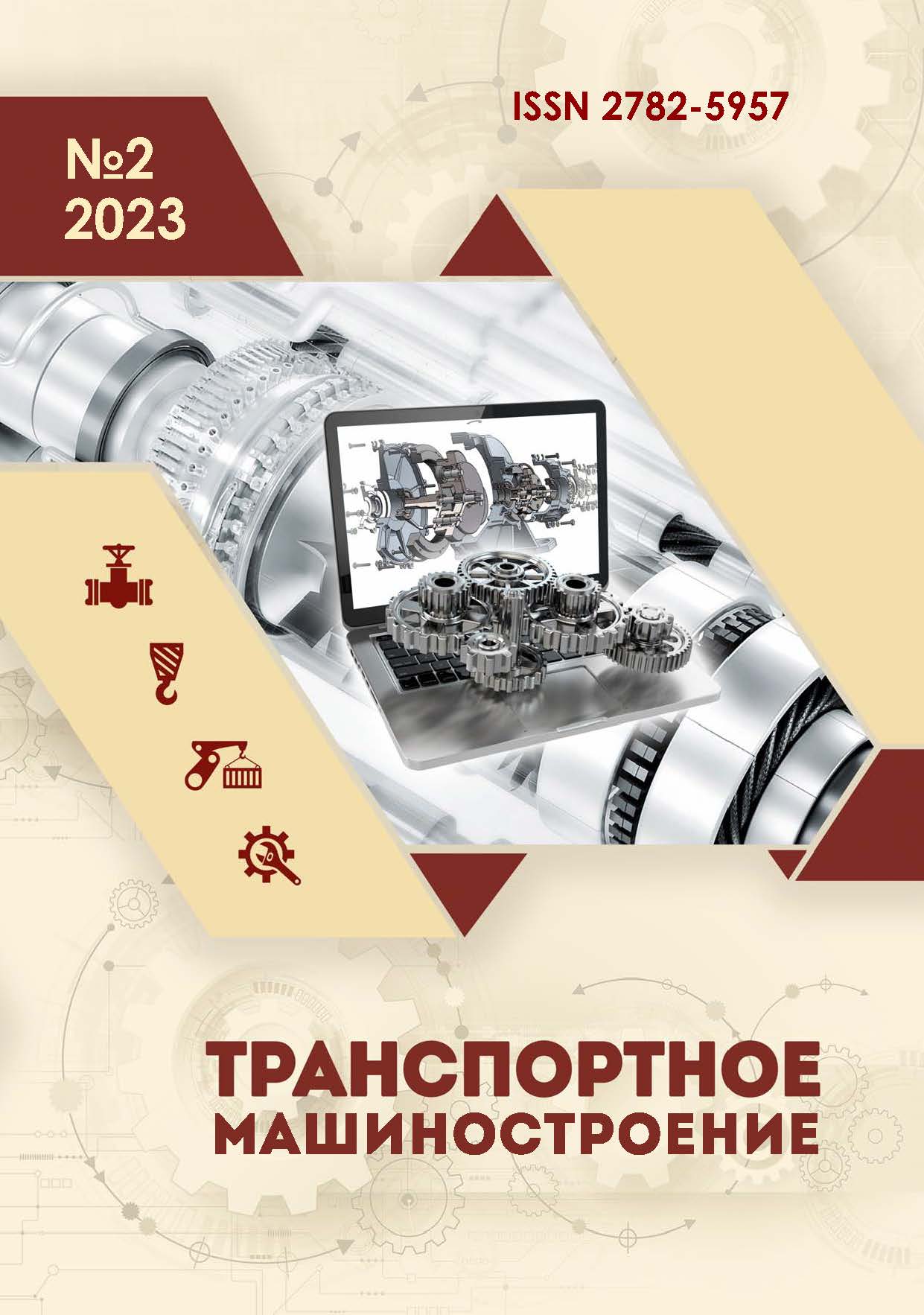Murom, Vladimir, Russian Federation
Murom, Vladimir, Russian Federation
2.5.6
621.891
344
The results of differential geometric modeling and laboratory studies of the burn-in of hardened materials for complex sculpted surfaces are presented. The criteria of high-performance burn-in are given. It is shown that for complex sculpted surfaces, the instantaneous wear rate can be considered in terms of the wear rate, which determines the intensity of removing wear particles during the burn-in of the part in accordance with the selected method. Another criterion for the burn-in productivity is the instantaneous wear rate. The obtained dependences allow improving the modes of technological burn-in of part materials according to the criterion of its productivity. Laboratory verification of the obtained modes makes it possible to formulate criteria conditions for highly efficient burn-in of hardened curved surfaces.
burn-in, mode, wear, roughness
1. Miracle DB, Senkov ON. A critical review of high entropy alloys and related concepts. Acta Mater. 2017;122:448-511.
2. Green DA, Lewis R, Dwyer-Joyce RS. Wear effects and mechanisms of soot contaminated automotive lubricants. Proc. Inst. Mech. Eng., Part J J. Eng. Tribology. 2006;220(3):159-169.
3. Gorsse S, Miracle DB, Senkov ON. Mapping the world of complex concentrated alloys. Acta Mater. 2017;135:177-187.
4. Jao TC, Li S, Yatsunami K, Chen SJ, Csontos AA, Howe JM. Influence of soot contamination in API CI-4 engine oil on four-ball metallic wear using electron microscopy image analysis. Lubr. Sci. 2006;16:111-126. Available from: https://doi.org/10.1088/1757-899X/886/1/ 012003
5. Pickering EJ, Jones NG. High-entropy alloys: a critical assessment of their founding principles and future prospects. Int. Mater. Rev. 2016;61:183-202. Available from: https://doi.org/10.1080/ 09506608.2016.1180020
6. Zhang Y. Microstructures and properties of high-entropy alloys. Prog. Mater Sci. 2014;61:1-93. Available from: https://doi.org/10.1016/j.pmatsci.2013.10.001
7. Supanamok C, Karin P, Benyajati C, Hanamura K. Influence of soot contamination in API CI-4 engine oil on four-ball metallic wear using electron microscopy image analysis. In: Proceedings of the International Conference on 2015 JSAE Annual Congress Proceedings; 2015; Yogohama. p.1673-1679. Available from: https://doi.org/10.1088/1757-899X/886/1/012003
8. Otto F, Dlouhý A, Somsen C, Bei H, Eggeler G, George EP. The influences of temperature and microstructure on the tensile properties of a CoCrFeMnNi high-entropy alloy. Acta Mater. 2013;61:5743-5755. Available from: https://doi.org/10.1016/j.actamat.2013.06.018
9. Troparevsky MC, Morris JR, Kent PRC, Lupini AR, Stocks GM. Criteria for predicting the formation of single-phase high-entropy alloys. Phys. Rev. X 5. 2015:011041. Available from: https://doi.org/10.1103/PhysRevX.5.011041
10. Suárez A, Veiga F, de Lacalle LNL, Polvorosa R, Lutze S, Wretland A. Effects of ultrasonics-assisted face milling on surface integrity and fatigue life of ni-alloy 718. J. Mater. Eng. Perform. 2016;25(11):5076-5086. Available from: https://doi.org/10.1007/s11665-016-2343-6
11. Ahmed N, Mitrofanov AV, Babitsky VI, Silberschmidt VV. Analysis of material response to ultrasonic vibration loading in turning Inconel 718. Mater. Sci. Eng. 2006;424:318-325. Available from: https://doi.org/10.1016/j.msea.2006.03.025
12. Chen W, Huo D, Shi Y, Hale JM. State-of-the-art review on vibration-assisted milling: Principle, system design, and application. Int. J. Adv. Manufact. Technol. 2018;97(5-8):2033-2049. Available from: https://doi.org/10.1007/s00170-018-2073-z
13. Volshenkov AV, Bushe NA. Tribological principles of regimes of the rolling testing of engines. Journal of Friction and Wear. 1991;12(3):506-514.






